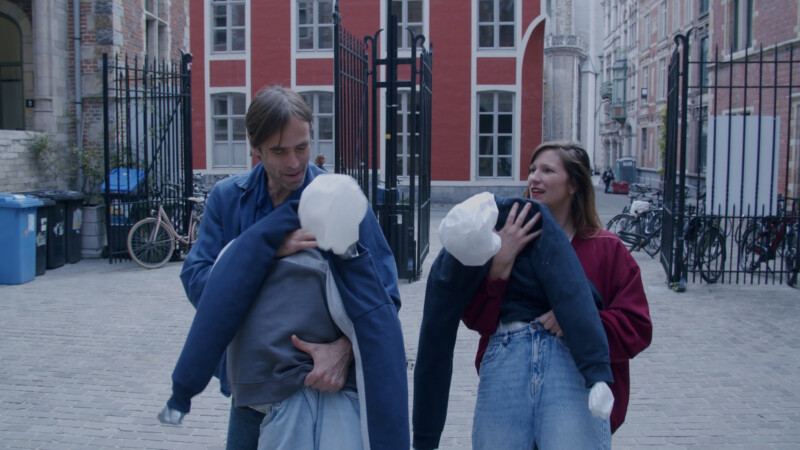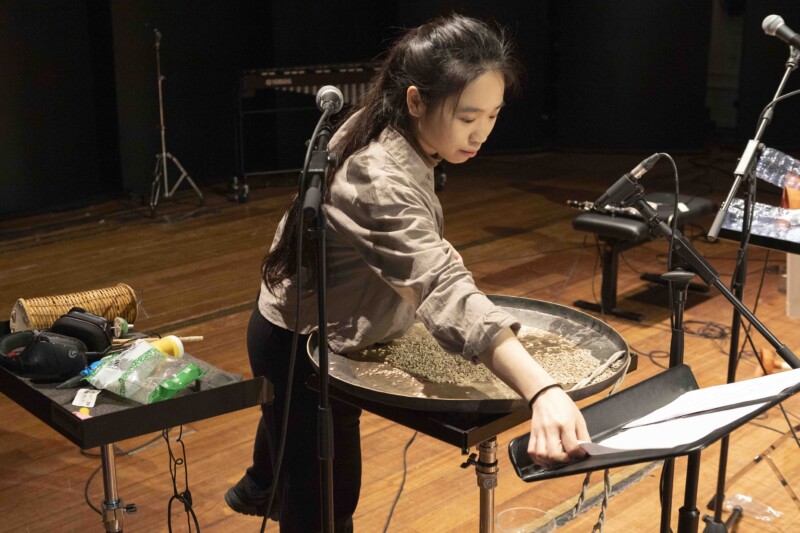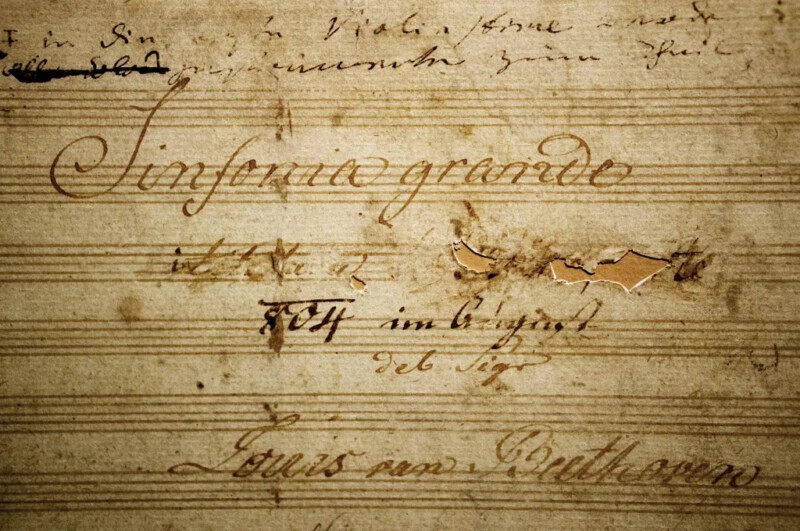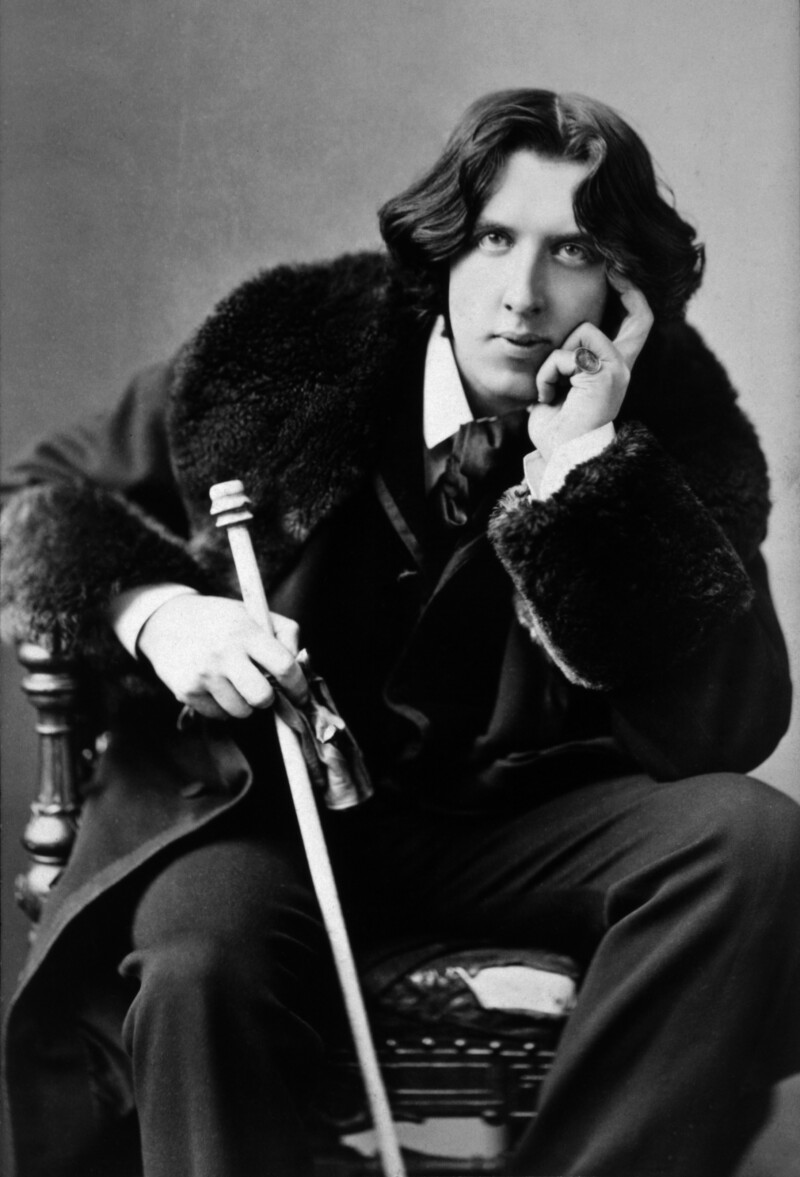Open call: Will to Wander
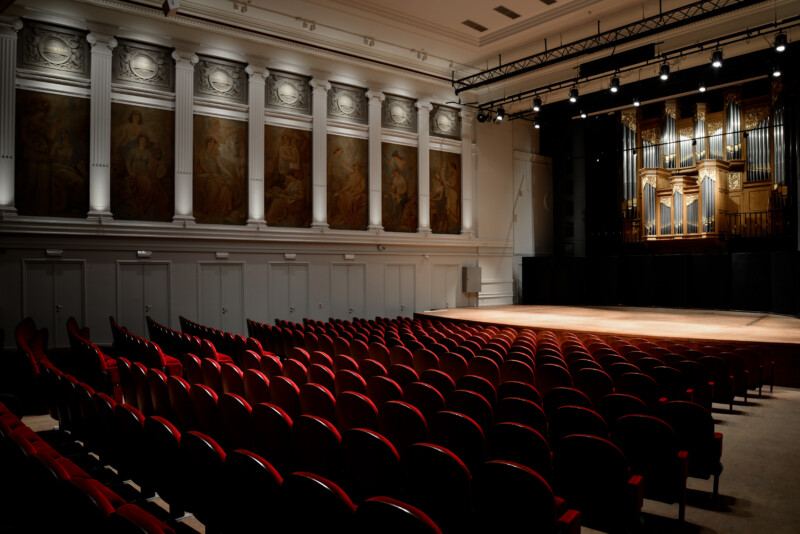
An invitation to dialogue with carefully selected repertoire
MIRY Concert Hall invites musicians, composers, performers, and creators to respond to this open call as part of the new concert series Will to Wander.
In six Double Bill concerts, we will bring together a classical soloist or duo — specifically programmed by MIRY — with a second creator who will formulate an artistic response. This is an encounter with an existing performance of a chosen work: an invitation to reflection, confrontation, interpretation, or dialogue.
The artistic response can be composed, improvised, reworked, or interpreted—and starts from your own language: jazz, classical, pop, experimental, performance, electronic, etc.
Will to Wander is a stage for encounters, adventure, and artistic exchange. We question the classical repertoire and build bridges to new musical worlds. The listener is challenged to wander between styles, times, and perspectives—all within a single concert evening.
Who is it for?
We are looking for creators who:
- are active in music, composition, performance, or other performing arts
- are open to dialogue with existing works and performances
- are interested in rethinking, questioning, or reformulating classical repertoire
- want to respond individually or in small groups
- want to perform during the concert evening
What do we offer?
- Creation and performance budget of €1,500 (incl. VAT) per selected project
- Rehearsal space, if needed and available at MIRY Concert Hall or other spaces at KASK & Conservatorium
- Full technical, production, and promotional support
- A concert evening on stage at MIRY Concert Hall in Ghent
- Visibility within the MIRY & KASK & Conservatorium network
Timing
- Proposal submission deadline: 10 December 2025
- Announcement of selection: January 2025
- Concert dates: 21 February 2026, 26 March 2026, 27 April 2026.
How to apply?
Submit your proposal using this form. The deadline is 10 December 2025, 23:59.
The basic works and performers
The concerts listed below have already been programmed by MIRY Concert Hall. Each selected candidate will formulate an artistic response to one of these specific performances.
21.02.2026 — Will to Wander IV
Lieselot De Wilde & Peter Verhelst — La Strada
The street is the path to unknown adventures, but also the uncertain road for those who must travel. Streets are meeting places. The diversity of a street reflects the variety of experiences. The constant change of streets shows the personal growth of travellers, or the adjustments that forced travellers must make.
Streets offer directions and choices. The unpredictability of what you encounter on the street reveals the surprises and challenges of every journey. Just as a street reflects the journey of life, travel stories show the broad human experience, whether they revolve around discovery or survival.
In La Strada, Bel Ayre takes the listener on a quest to discover the how and why of travelling. With songs from all corners of the world, Peter Verhelst and Lieselot De Wilde aim to take a universal look at our wanderlust.
Line-up:
- Lieselot De Wilde – vocals, tenor banjo, barrel organ
- Peter Verhelst – guitar, oud
Set:
- A curri cavaddu miu, Siciliaans wagenmennerslied
- I meres mas, Griekenland, Zülfü Livaneli
- Tseydo ladorech, Jiddische traditional
- Oi ne puhay puhachenko, Oekraïense traditional
- Trenule maşină mică, Roemeense tradițional
- Hak a mama, Marokkaanse Melhun
- Ick seg adieu, Antwerps Liedboek
- Amar praner manush, Rabindranath Tagore
26.03.2026 — Will to Wander V
Emmy Wils & Piet Kuijken — Stravinsky, Petrushka
In the four-handed version of Petrushka, Stravinsky's carnival world is stripped down to its essence: no orchestral colours, but raw energy, sharp rhythms and mechanical precision. What sparkles in the orchestra becomes a nervous motoric on the piano, making the angularity of the puppets almost tangible.
The two pianists share one instrument like a kind of joint puppeteer: their overlapping hands make Petrushka's faltering dances come to life. In this concentrated form, Petrushka sounds even more inevitable, almost physical—a work in which the wood and string of the puppets give way to pure rhythm and restlessness.
27.04.2026 — Will to Wander VI
Kaja Farszky — John Luther Adams, The Mathematics of Resonant Bodies(2002)
1. burst – 4 snare drums (9’)
2. roar – large tam-tam (10’30)
3. wail – siren (7’)
4. crash – 8 suspended cymbals (8’10)
Kaja Farszky selects four movements from John Luther Adams' monumental 70-minute work The Mathematics of Resonant Bodies. Adams is a sound artist and nature lover; when you say Adams, you think soundscape. In this work, the composer makes use of the intrinsic resonances of a wide range of percussion instruments: tam-tams, cymbals, snare drums and sirens. This music invites the listener to immerse themselves in a wealth of sound and become part of the resonating body.
All noise contains pure tone. And the complex sonorities of percussion instruments conceal choirs of inner voices. In The Mathematics of Resonant Bodies my search is to find and reveal those voices. – John Luther Adams
An ecosystem is a network of patterns, a complex multiplicity of elements that function together as a whole. I conceive of music in a similar way. For me the essence of music is not the specific patterns of harmony, melody, rhythm and timbre. It’s the totality of the sound, the larger wholeness of the music. – John Luther Adams
But rather than overwhelming the listener with sound, I want to seduce the listener to enter into the sound and remain there for extended periods of time. The melding of rhythm, pitch and timbre creates unified fields of sound. My objective is to leave these fields as untouched as possible, letting them fill time and space with forms and colors as simple and as beautiful as they can be.
- John Luther Adams




















